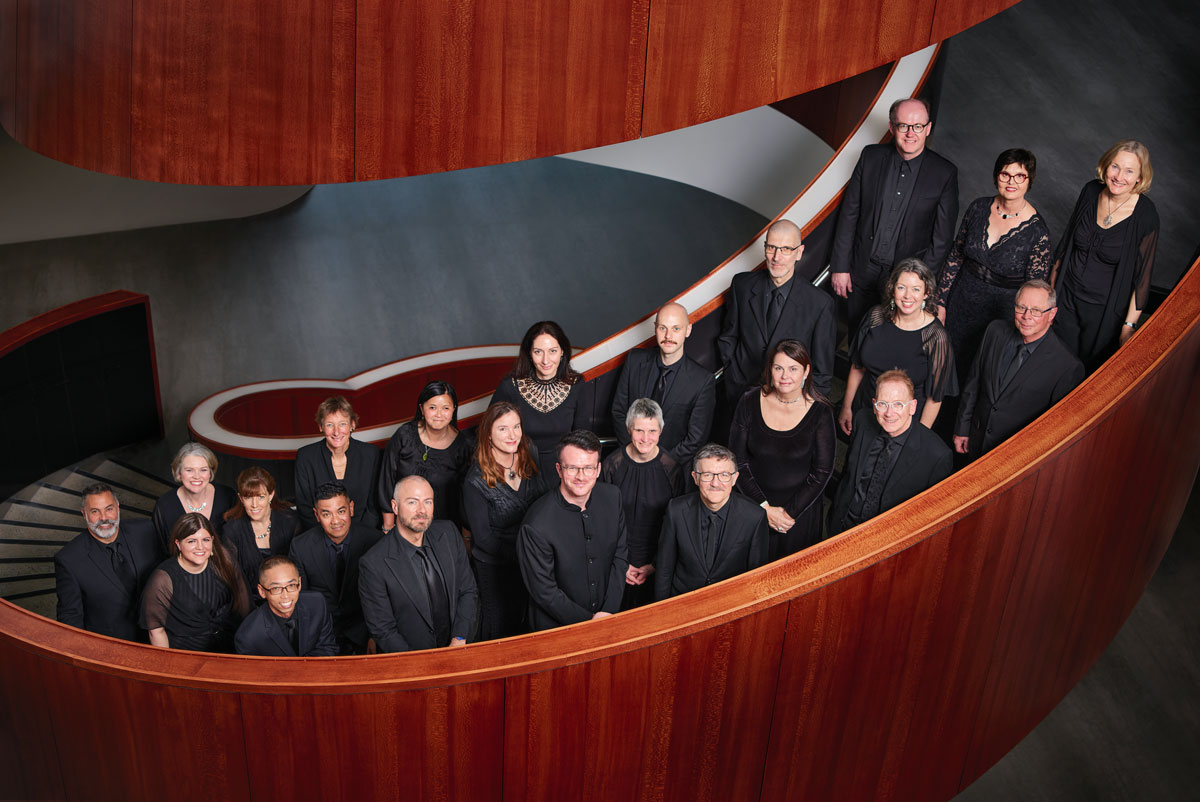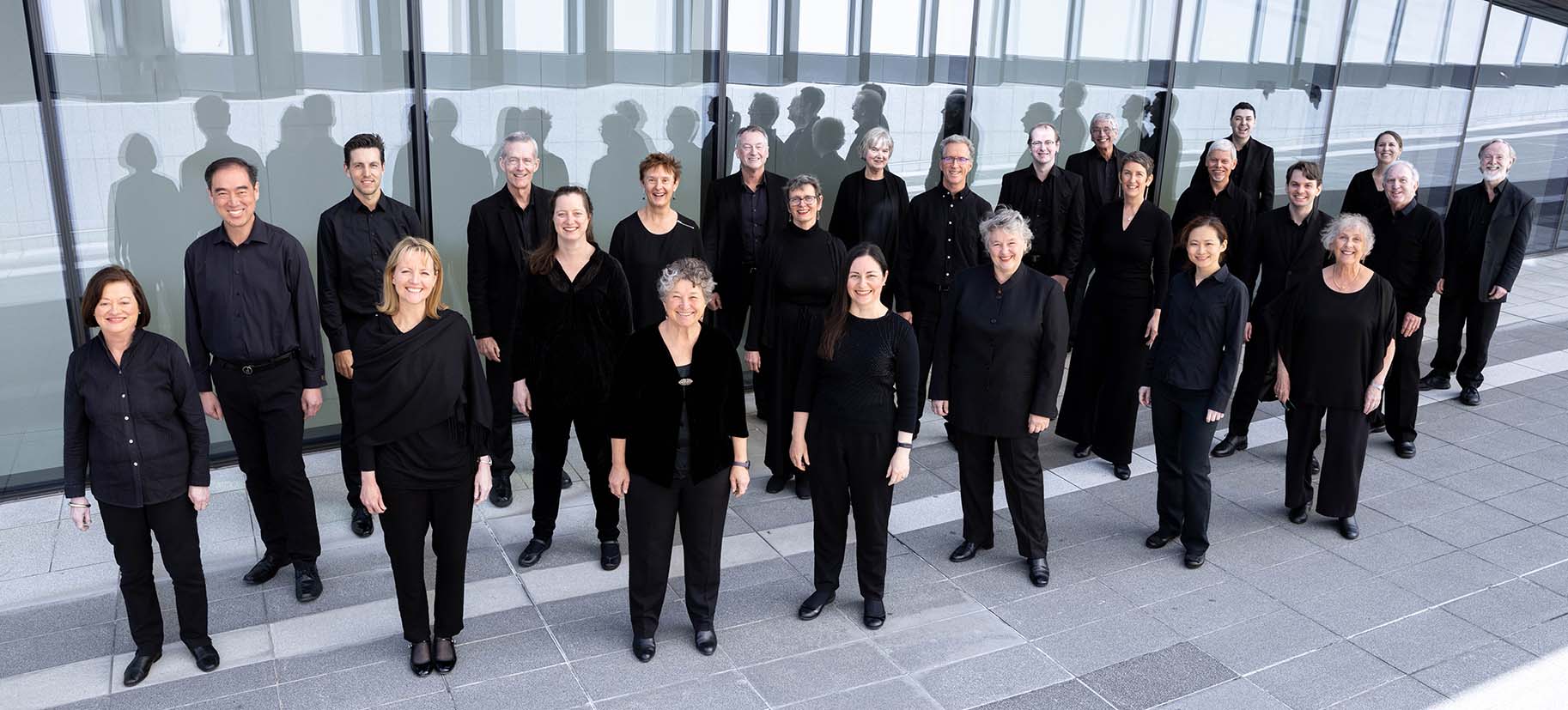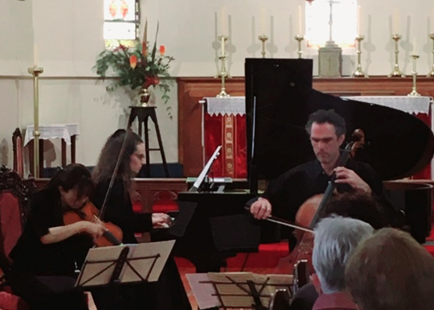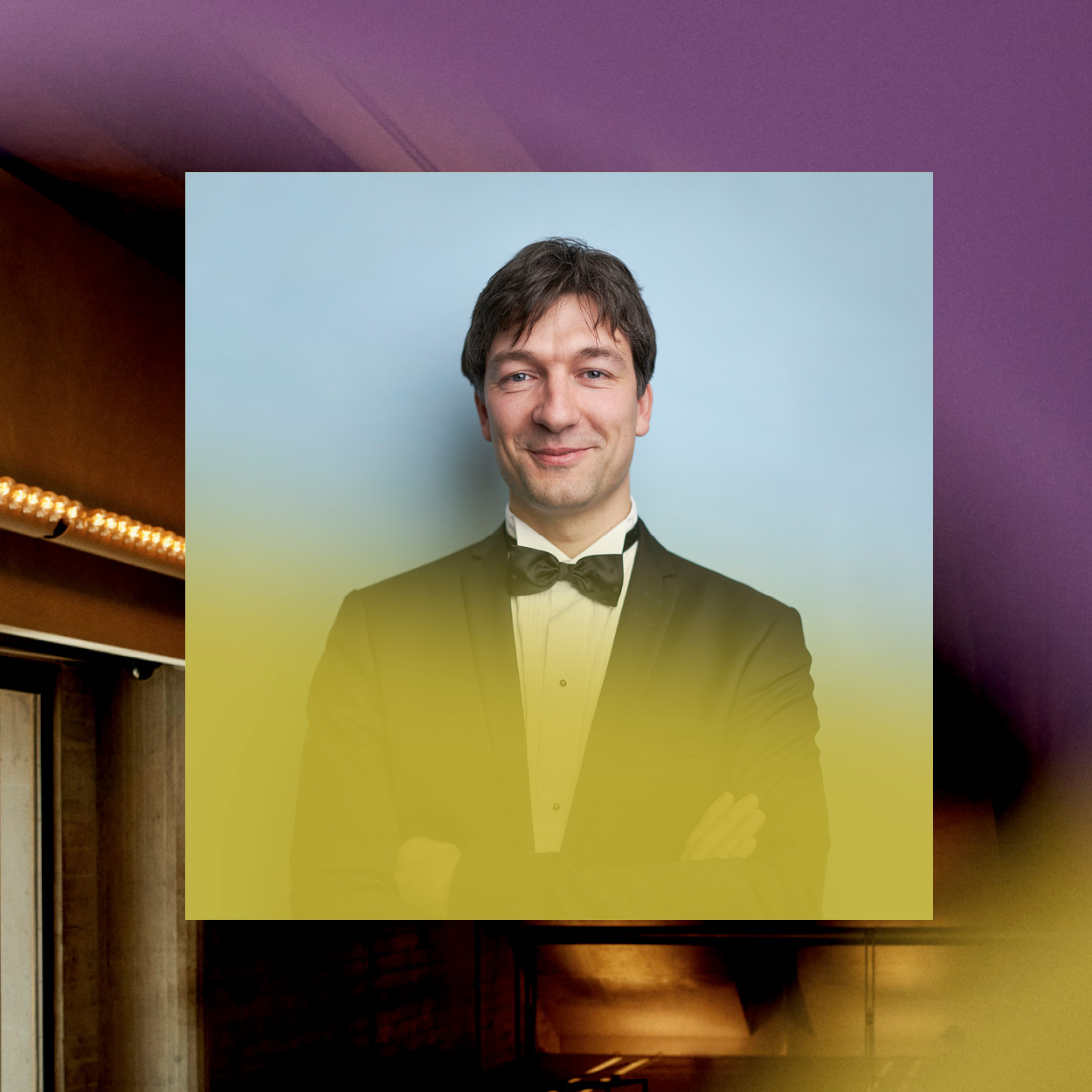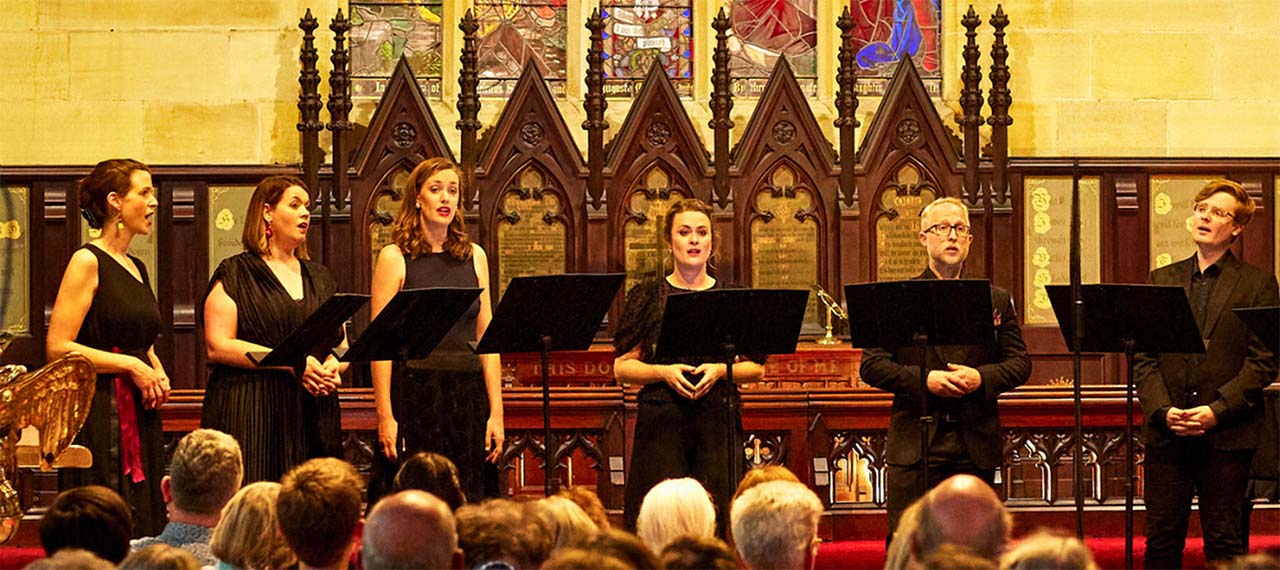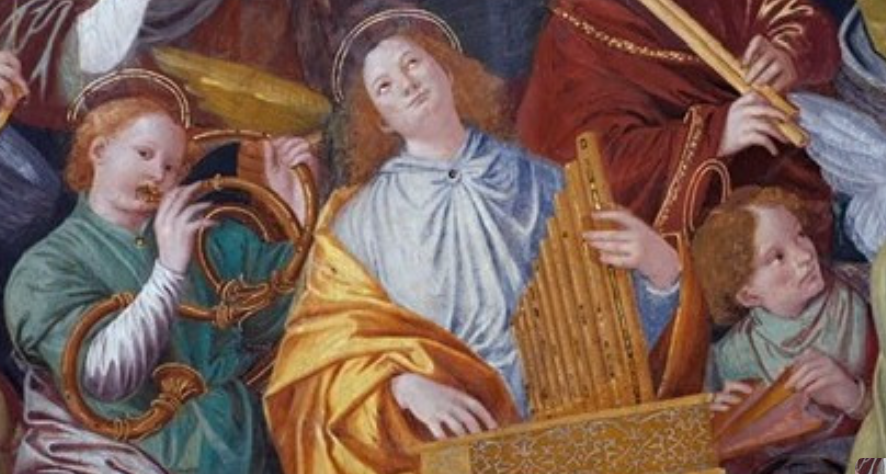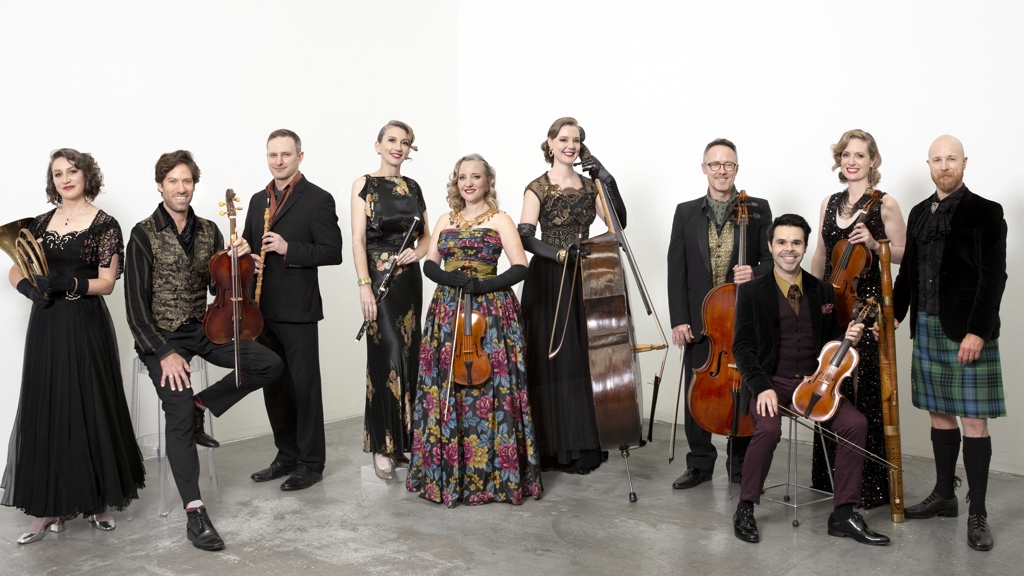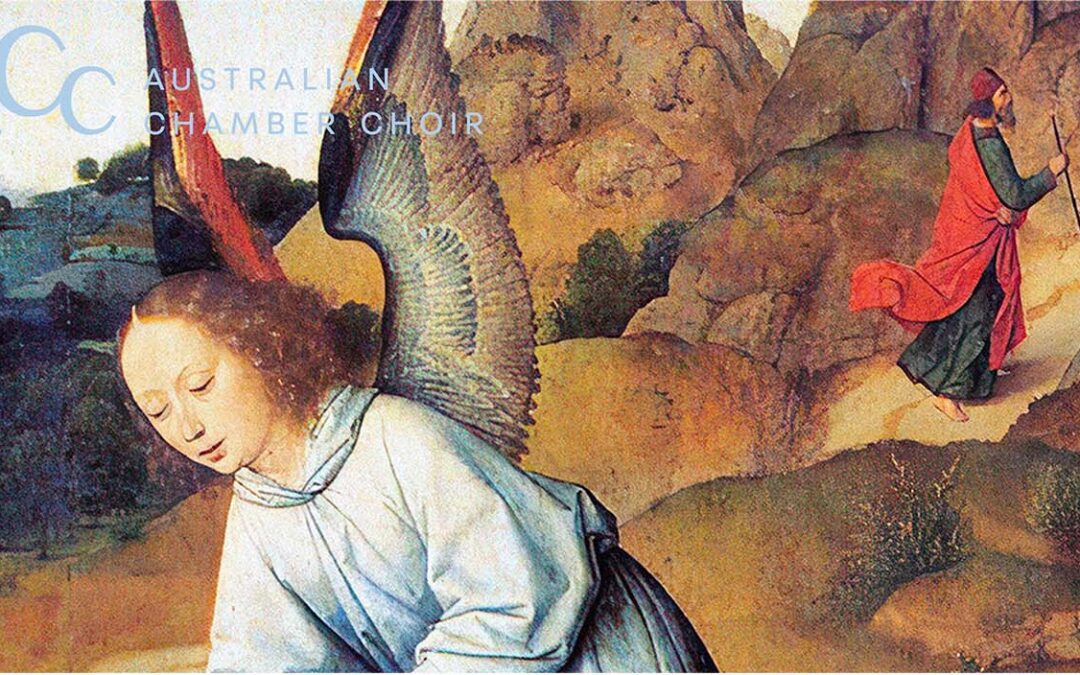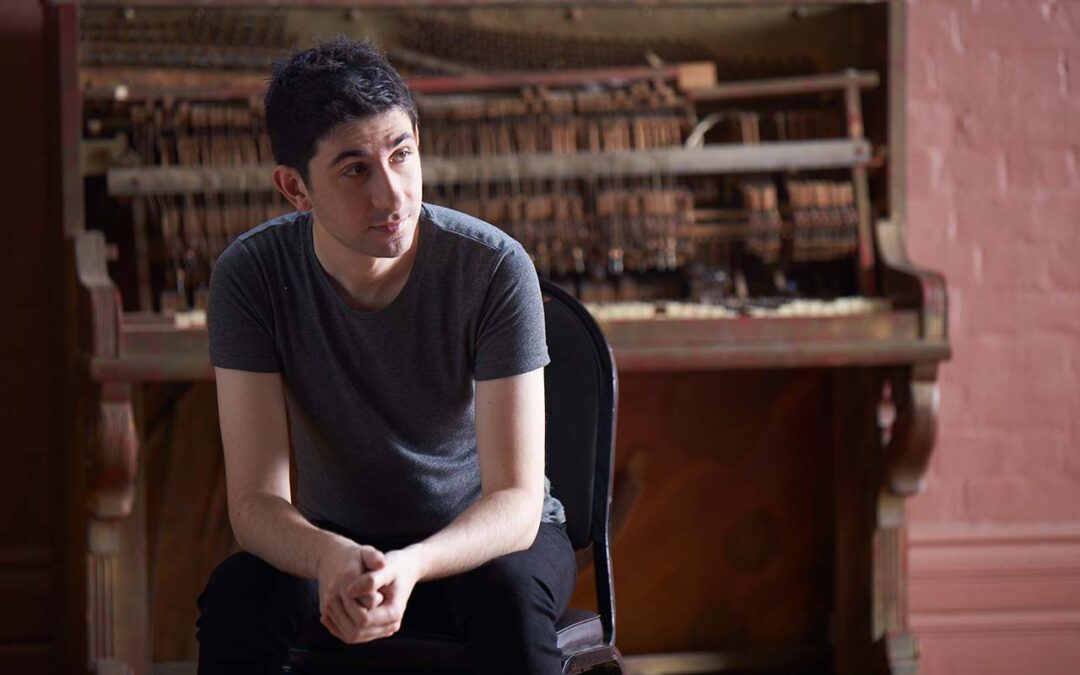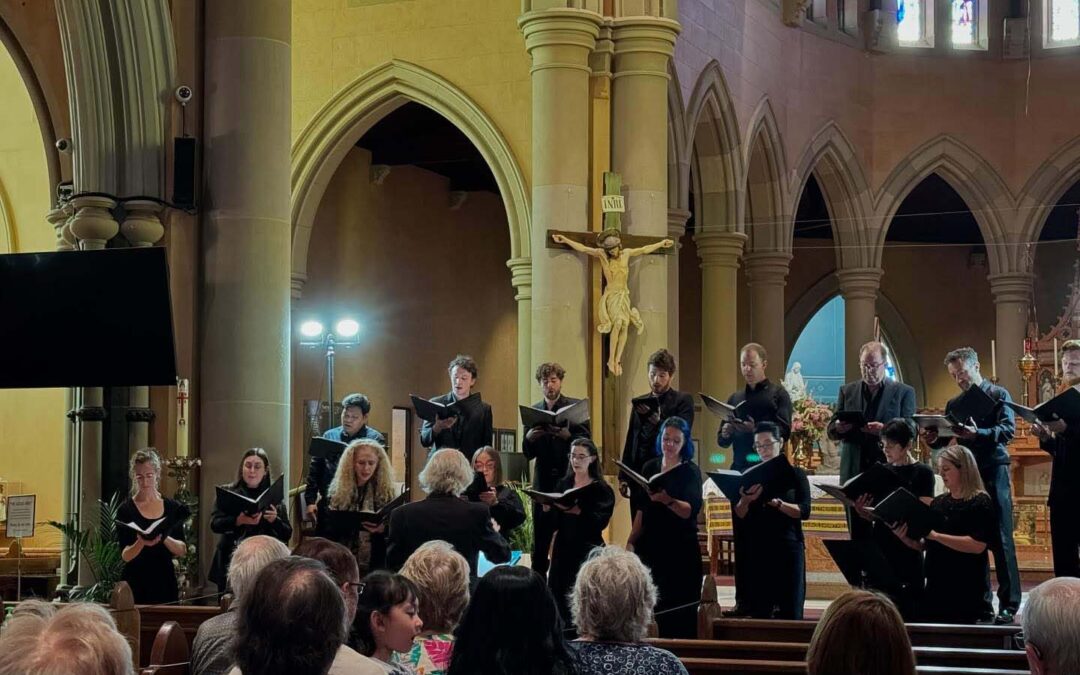Sydney Chamber Choir | Paul Stanhope: A New Requiem
March 13, 2021, Sydney
It had been 364 days since The Sydney Chamber Choir last performed in the City Recital Hall. On this balmy Saturday night they returned enthusiastically to perform a beautiful concert linked by the concepts of mortality rituals, mourning and overcoming grief. This concert was conducted by Paul Stanhope and the highlight was his new Requiem, which had been postponed since last June, due to Covid restrictions. The masked audience waited in anticipation as the choir spread themselves across the stage in socially distanced formation. The lighting was subdued and reflected the mood of each piece in colour and intensity as the concert progressed.
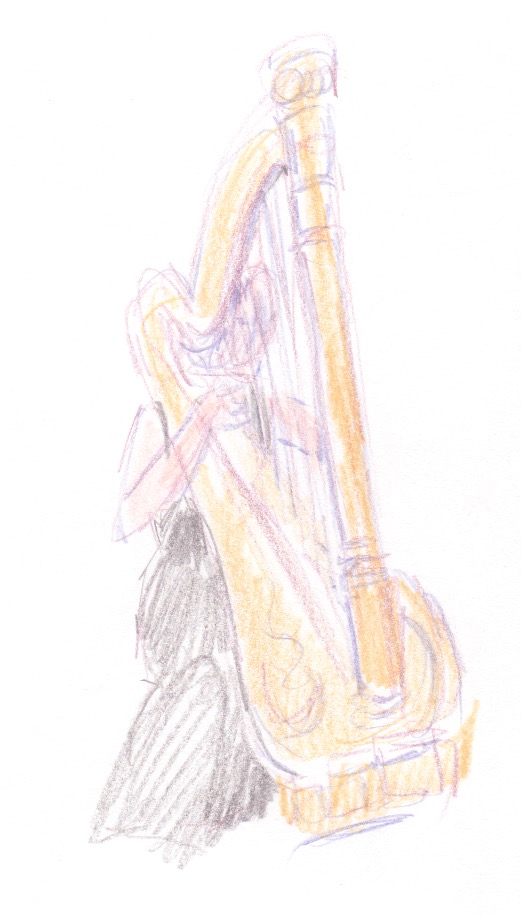
The concert opened with Brenda Gifford’s “Minga Bagan / Mother Earth” – a celebration of our Earth and a call to care for it, sung in beautiful harmonies, accompanied by clap sticks, reflecting her First Nations culture. To me the feeling was very feminine, meditative and serene and I was pleased to read that this piece, having been commissioned by Sydney Chamber Choir, will be performed at the beginning of every Sydney Chamber Choir concert this year in musical acknowledgement of Country.
This was followed by “Versa est in luctum”, composed by Tomas Luis de Victoria over 400 years earlier. This lament is part of a requiem dedicated to princess Margarita in memory of her late mother, the Dowager Empress Maria of Spain. Sydney Chamber Choir sang this superbly, portraying both grief and its transcendence, as they sang the words “My lyre is tuned to mourning”.
The Renaissance spirit was continued in the 2014 work by Mary Finsterer, “When Soft Voices Die”, commissioned by Sydney Chamber Choir. Finsterer had been investigating early music, resulting in an elegy with no ornamentation, which was sung with restraint and a feeling for reflection. The text was based on three poems by Shelley.
Another twenty-first century work with Renaissance roots followed with James MacMillan’s “Miserere”. The tenors and basses began with sounds of cold desolation. The altos added warmth briefly, before ebbing back into low murmurs. The sopranos then performed a keening duet, leading us to the chanted text that is reminiscent of Allegri’s famous setting. Sydney Chamber Choir sang superbly, finishing on a positive note, with the original desolate melody being transformed into major mode.
The performers left the stage, creating a mini interval during which Sam Allchurch, the Sydney Chamber Choir Artistic Director, took the microphone. He told us about the postponement of the requiem and that it was worth the wait.
The Sydney Chamber Choir then reassembled, followed by musicians (woodwinds, horn, harp and percussion) and soloists of the highest calibre. Paul Stanhope resumed conducting, this time his own composition, the awaited world premiere of his new Requiem.
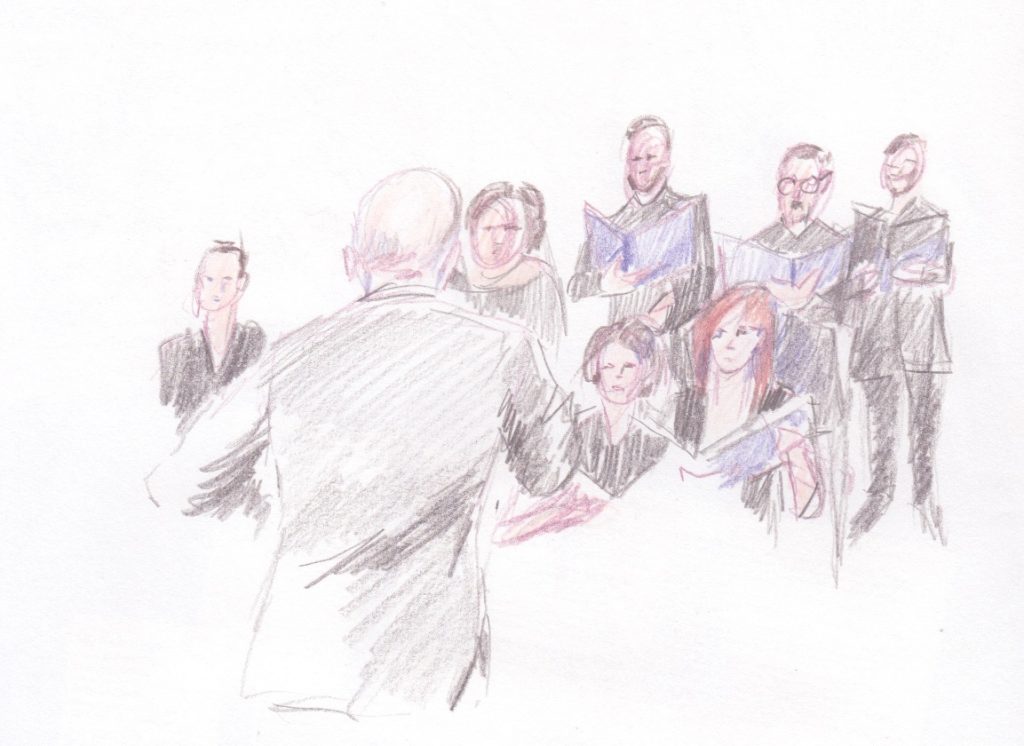
He had composed this over a period of 20 years, beginning in 1999 with Lux aeterna, written in memory of Ben Wilson, a young chorister from Brisbane’s St. Peter’s Chorale. In the same year he also wrote two settings of Oodgeroo Noonuccal’s poetry, which describes grief, mourning and lost love from an indigenous point of view. However he didn’t connect these works at the time.
In 2016 He composed the Agnus Dei, interlaced with the poetry of Mary Elizabeth Frye and dedicated to the memory of another young chorister, Tim Marks, from the Adelaide Chamber Singers.
The formal commission for a requiem came from the dying Russell Mills in 2018, by way of the Russell Mills Foundation, to thank Richard Gill for his musical inspiration. As Musical Director of the Sydney Chamber Choir at the time, Richard Gill commissioned Paul Stanhope to write the piece. Richard Gill himself was commemorated in the Sanctus.
Paul Stanhope intersperses the traditional narrative of the Latin Mass for the Dead with settings of poetry by Oodgeroo Noonuccal, Neela Nath Das, Emily Dickinson and Mary Elizabeth Frye, creating a conversation between old and new, the extremes of emotion between grief and love often illustrated by extremes of vocal range.
The opening Introit began gently, with choristers moving to higher, brighter registers in their pure voices accompanied by metal percussion to reflect the feeling of light.
Soprano Chloe Lankshear then sang “Tree Grave”, accompanied by the choir. Her voice was pure and keening, expressing the grief felt during an indigenous burial ceremony described in Oodgeroo Noonuccal’s poetry.
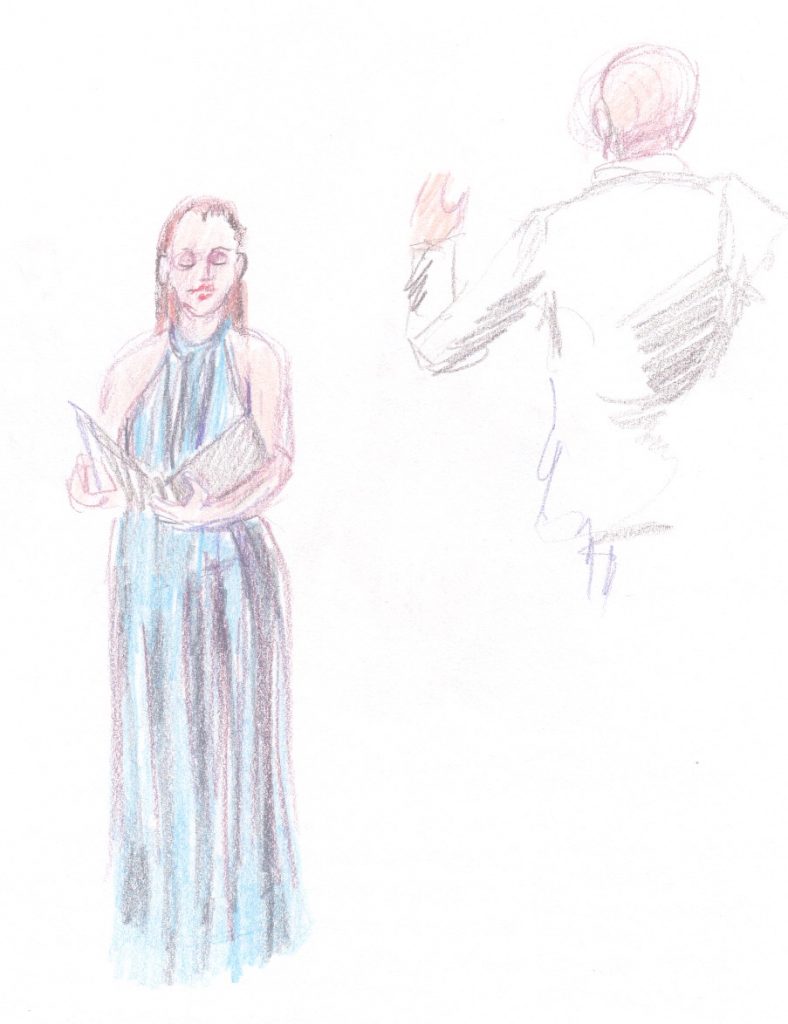
More poetry interlaced the traditional Kyrie, which was written in memory of Martin Wesley-Smith. “Mercy” was written by Indian poet Neela Nath Das and compares mercy to “The Rain of Merciful Cloud” which is musically described in luxuriant harmonies, after “dry” staccato utterances of the Kyrie. The instrumental accompaniment was reduced to harp and metal percussion. The movement ended with the sopranos making mouth noises to simulate rain drops quietly falling on the ground.
Tenor, Richard Butler, then beautifully sang “Song”, the setting to another Oodgeroo Noonuccal poem. He was expertly accompanied by the ensemble musicians.
The Sanctus was more up tempo, reflecting the enthusiasm and energy of Richard Gill, to whom this movement was dedicated. Richard Shaw and Jess Ciampa emphasised his tenacity and determination with a driving accompaniment on bass clarinet and interjective percussion.
“Agnus Dei /Do not stand at my Grave and Weep” was dedicated to Tim Marks. This was unaccompanied, leaving the pure voices of the soloists and choristers to stand out. The poem evokes the voice from beyond the grave, which explains that after death we become one with the universe.
“Dawn Wail for the Dead” began with an extended horn solo, played by Euan Harvey from the SSO. He played the challenging portamentos with expertise to give a feeling of grief and moaning, which returned after the soprano and tenor sang a stark duet of Oodgeroo Noonuccal’s poetry over a simple lullaby-like accompaniment.
During Lux aeterna, I could really feel the return of the piercing light when the sopranos and altos sang in minor 9ths. The music moved on to a more consoling, uplifting section, only to return to the opening piercing light, which then mellowed to an ending in peace.
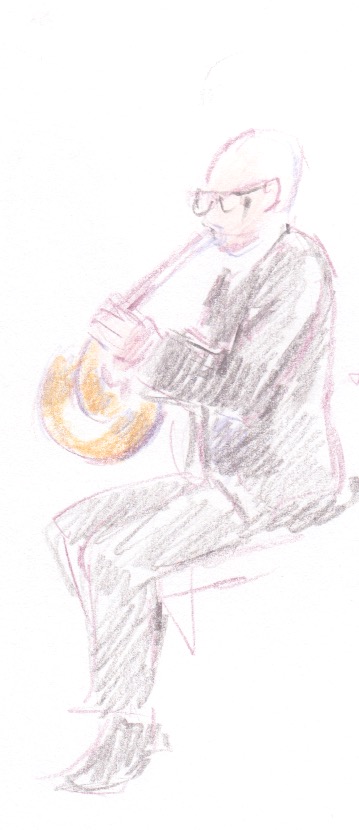
This Requiem ended with another combination of the traditional Latin Mass with poetry – this time “Hope is a Thing with Feathers” by Emily Dickinson. The tenors and basses sang a fuller version of the plainsong “Requiem aeternum”, followed by the choir singing Dickinson’s poem, accompanied by woodwinds that swirled and fluttered around like birds of hope. This led to In Paradisium which recalled the opening and ended in a whisper.
The audience seemed to hold their masked breath and eventually broke the silence with enthusiastic applause and a standing ovation. It was indeed well worth the wait!





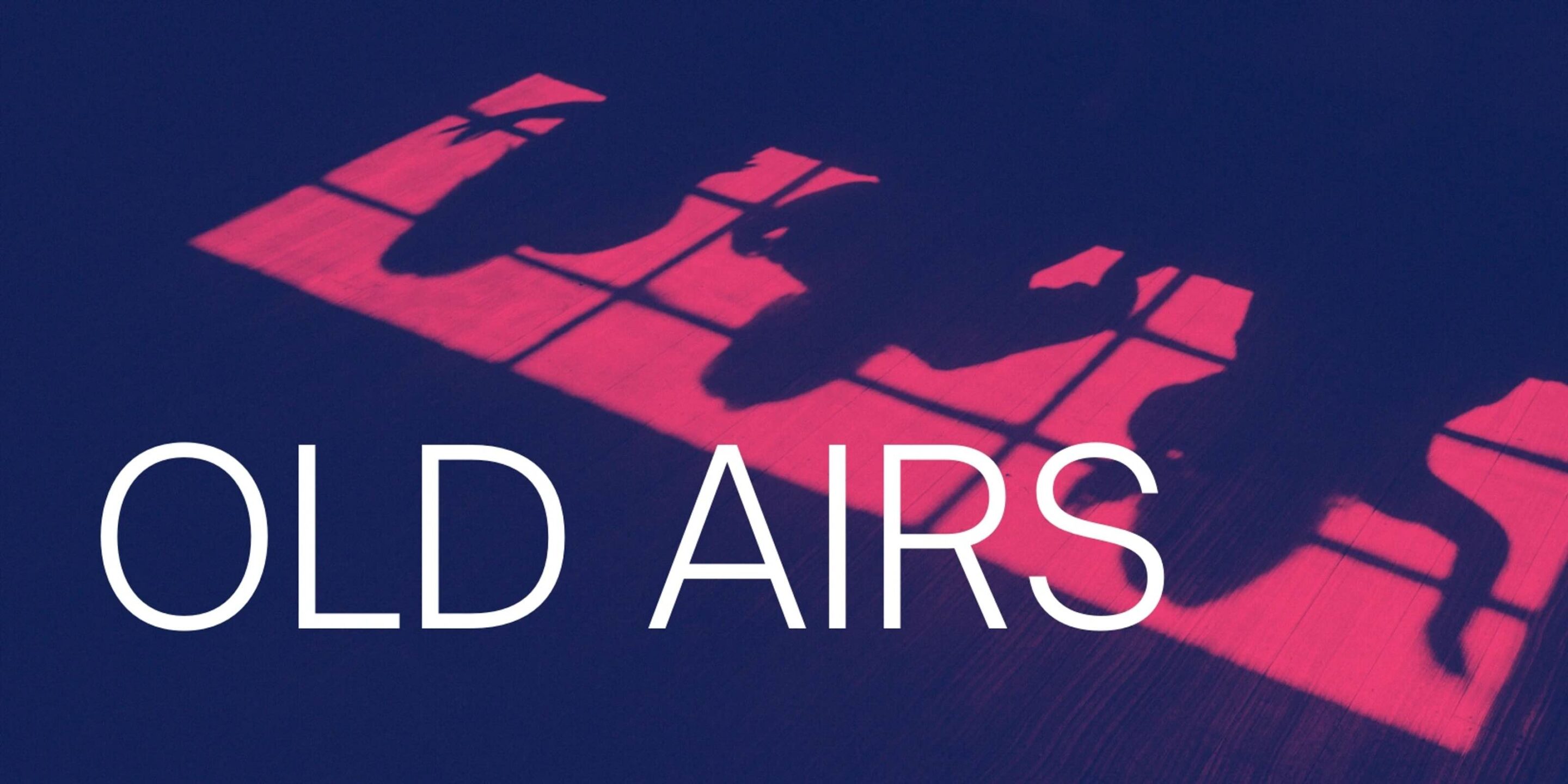
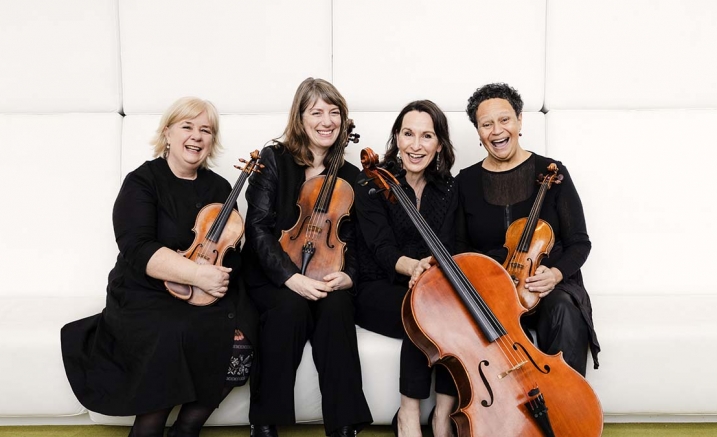


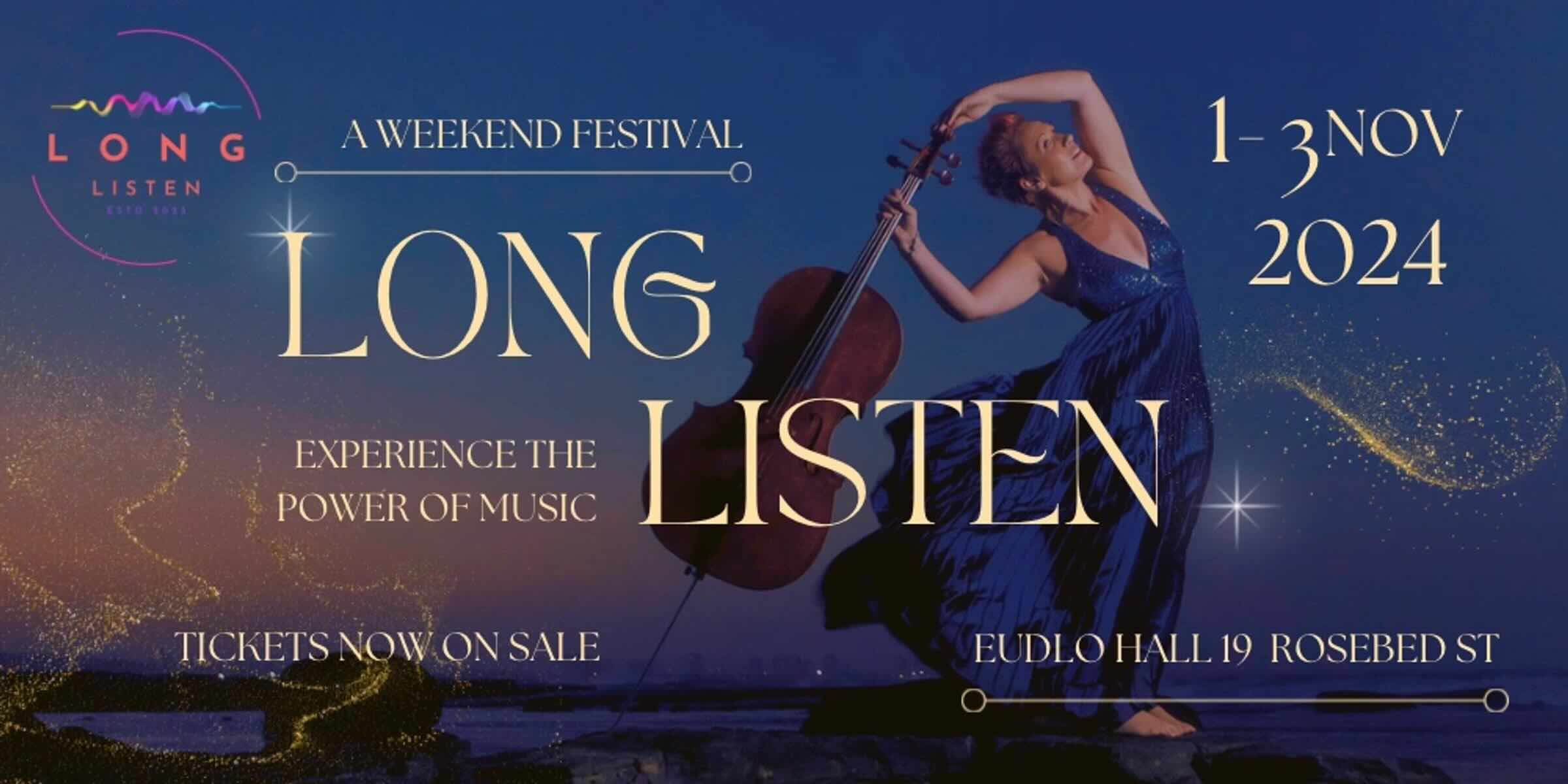
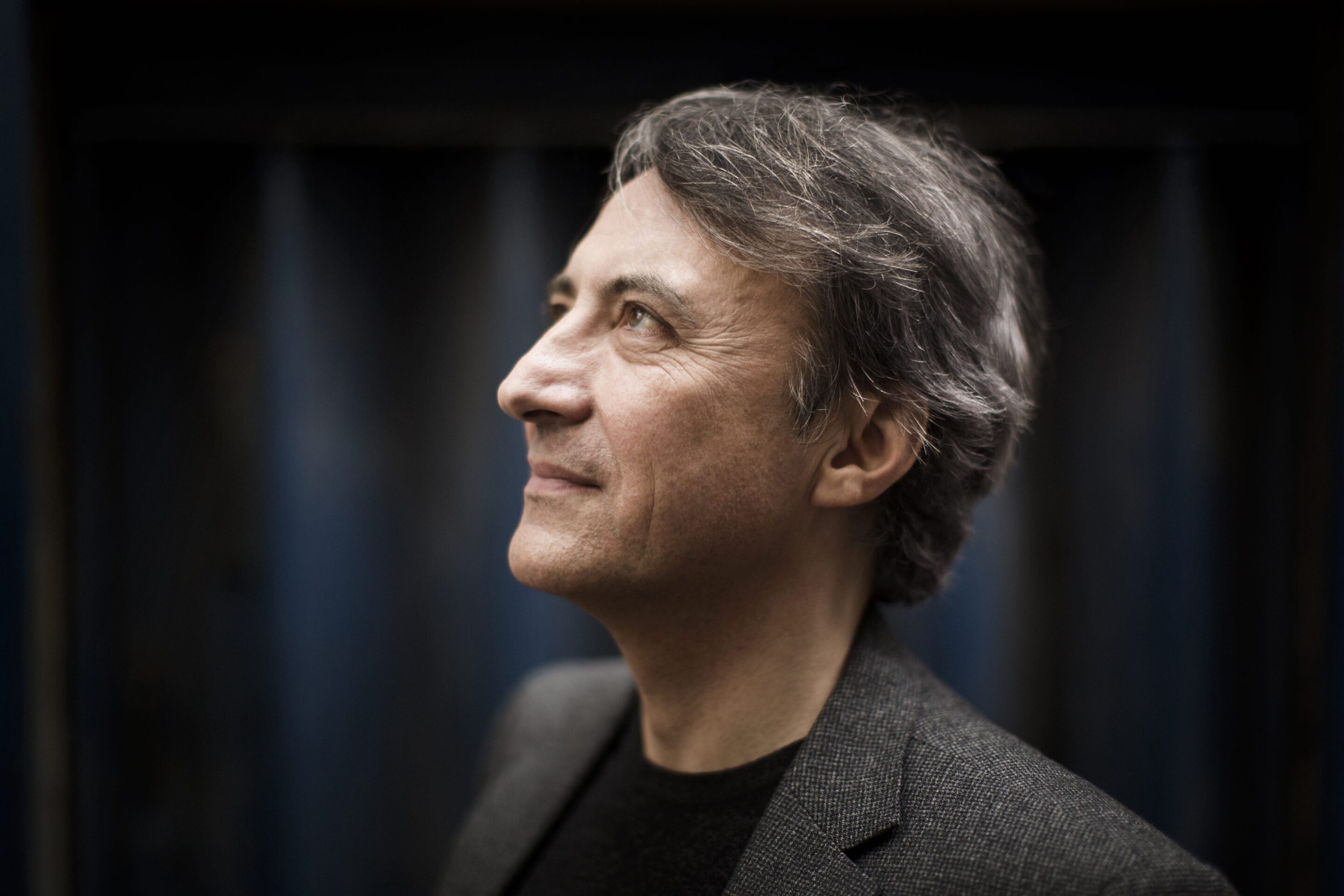

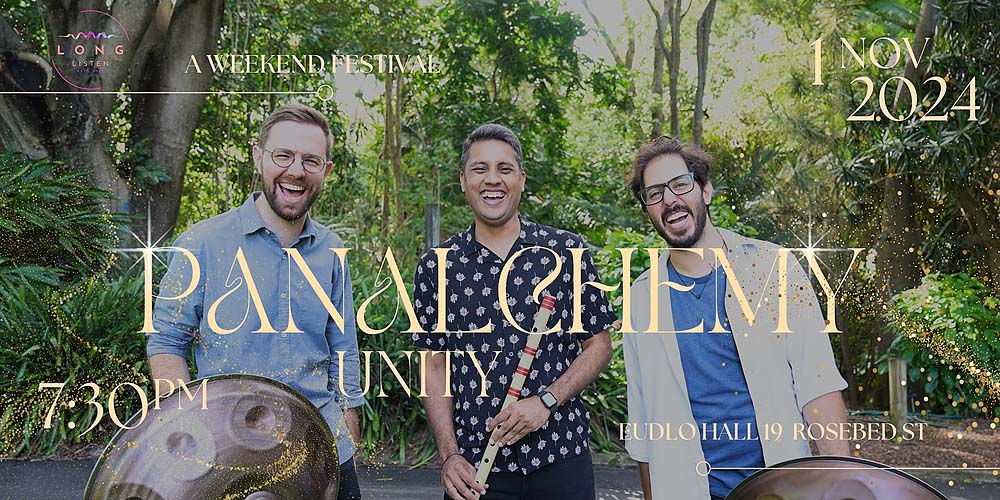

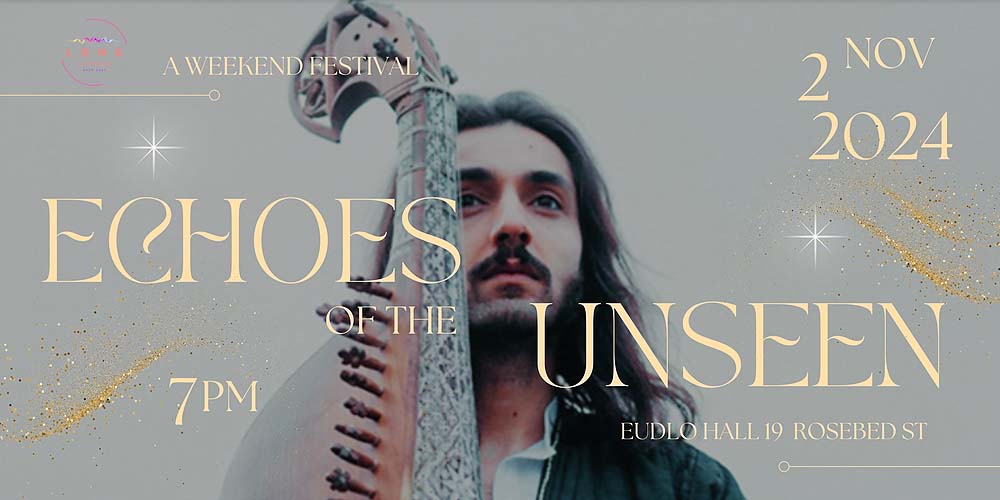
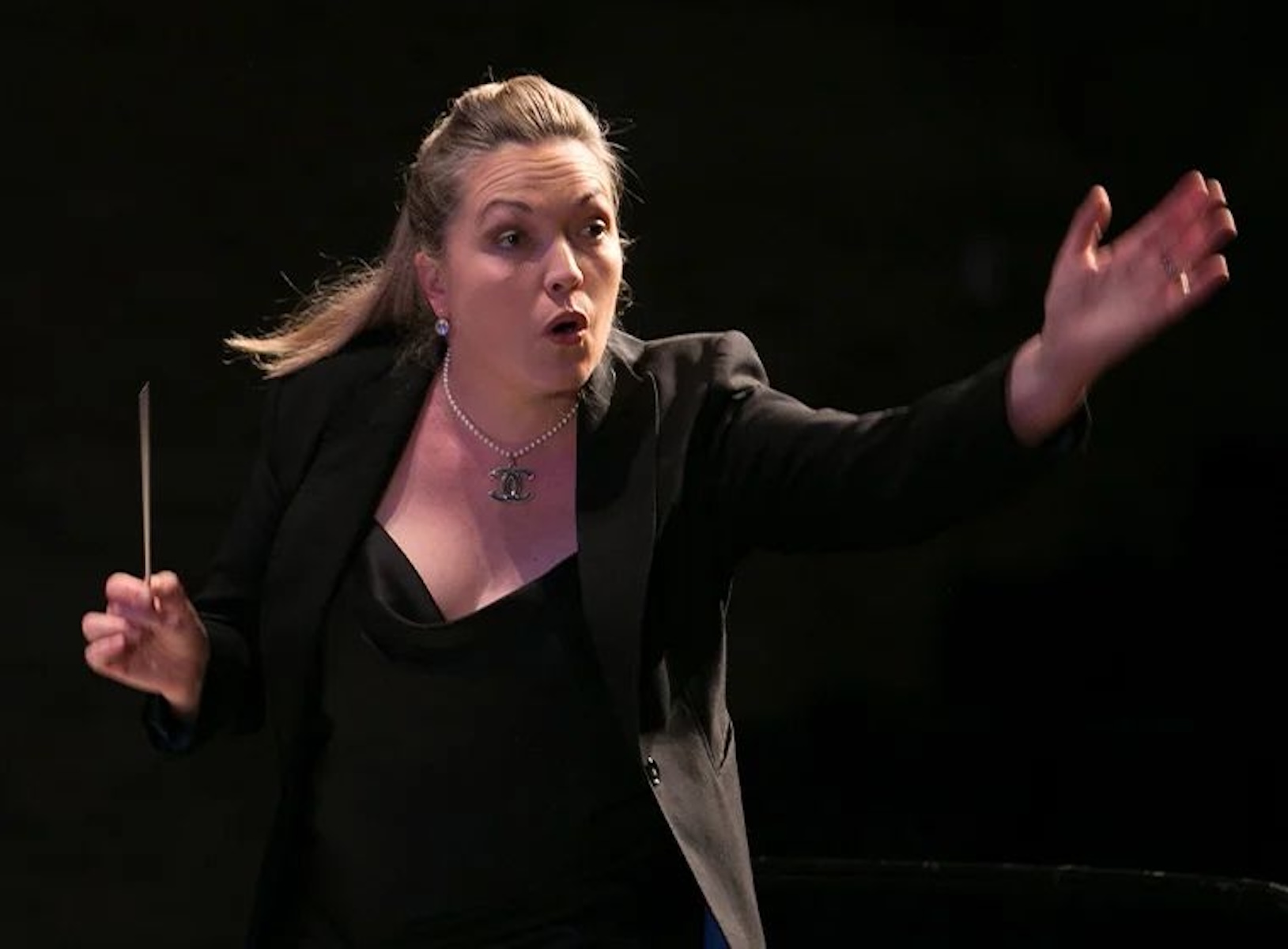
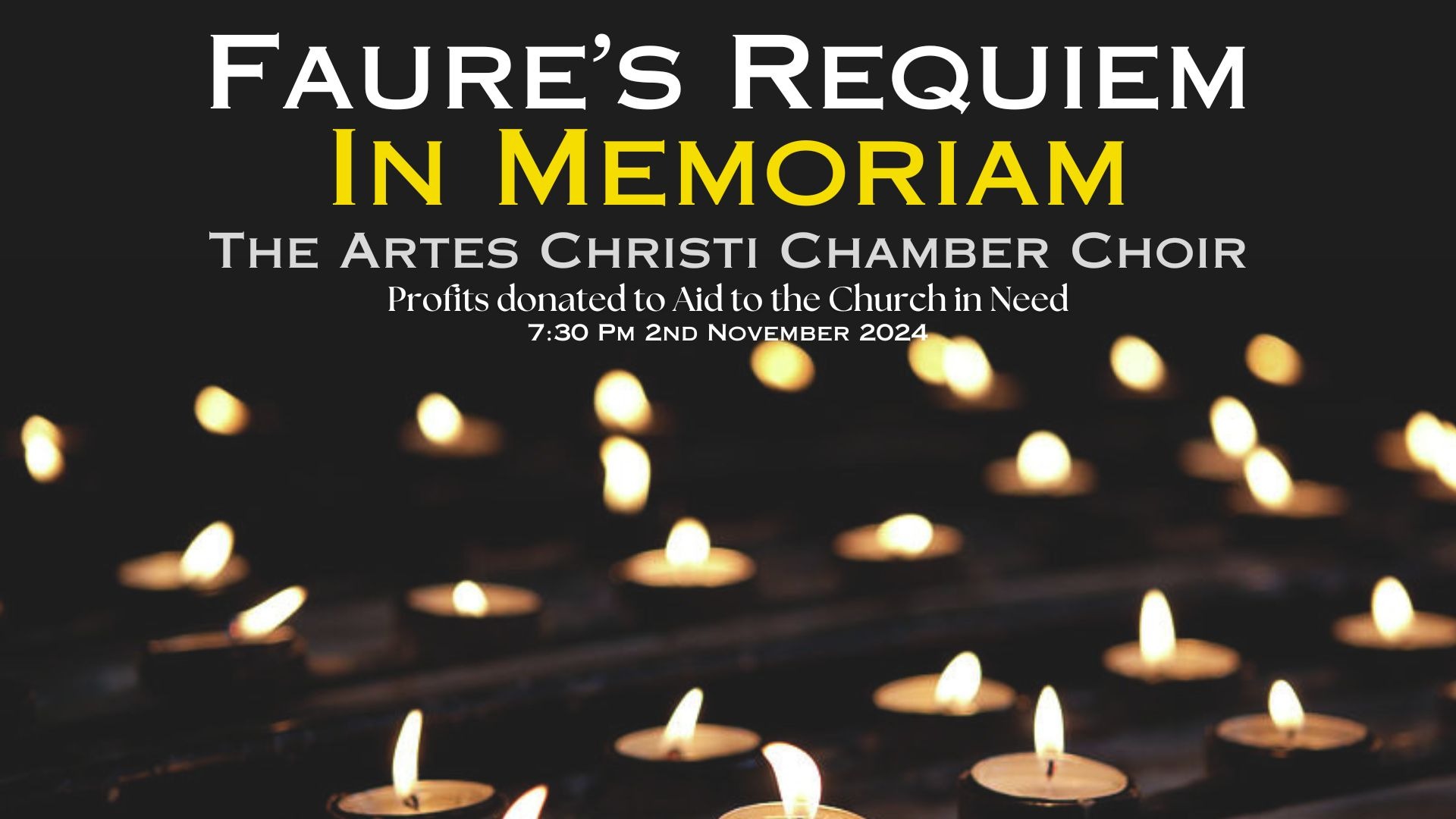
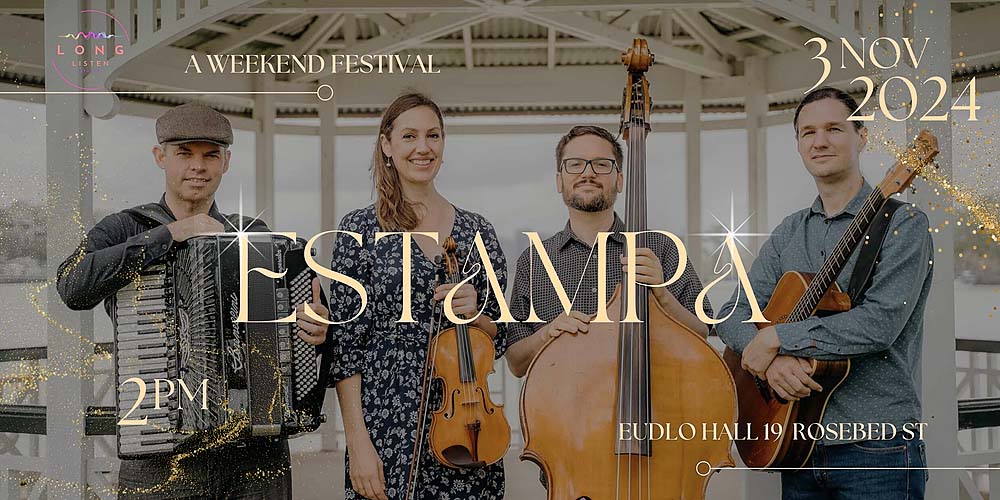





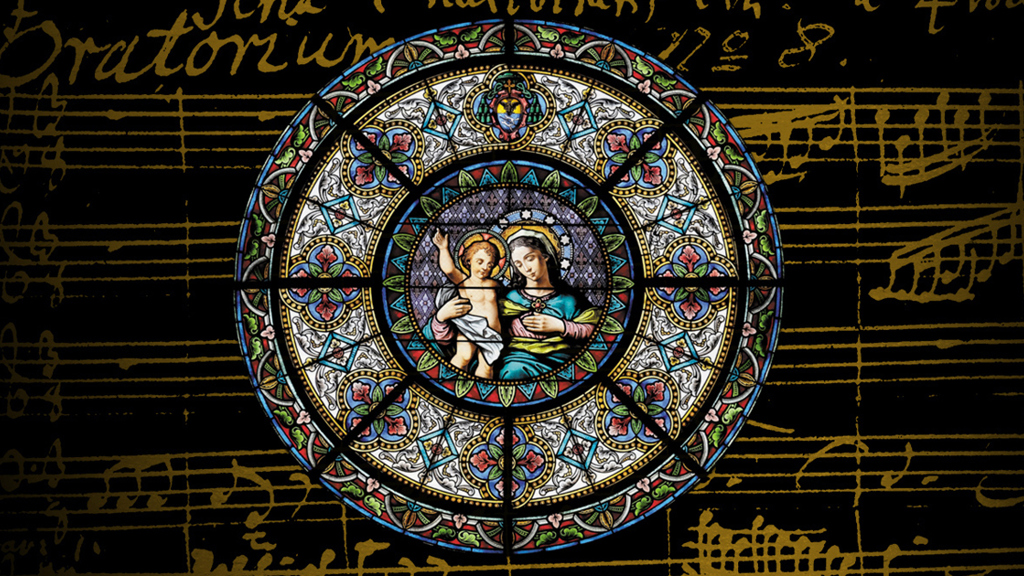
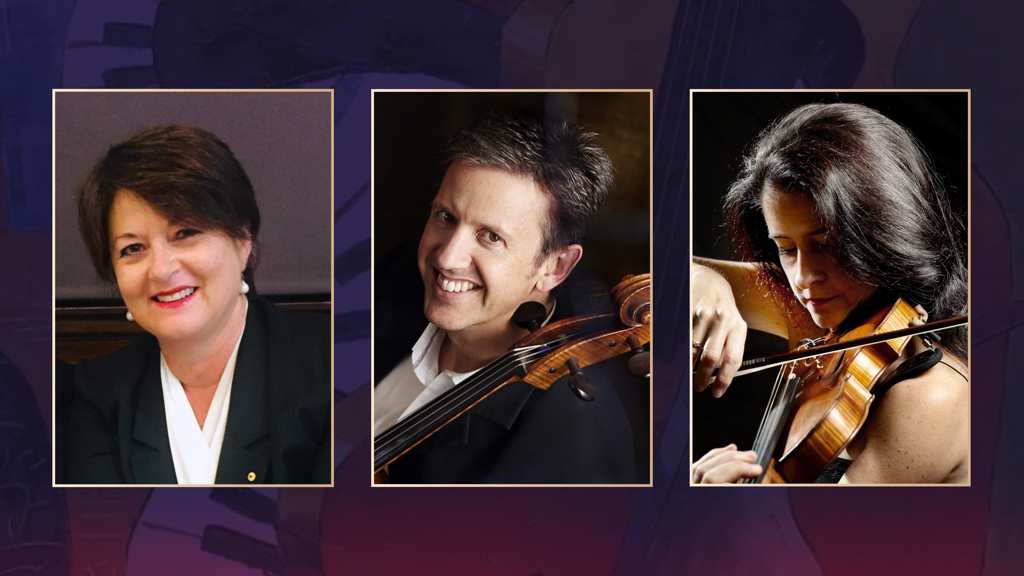

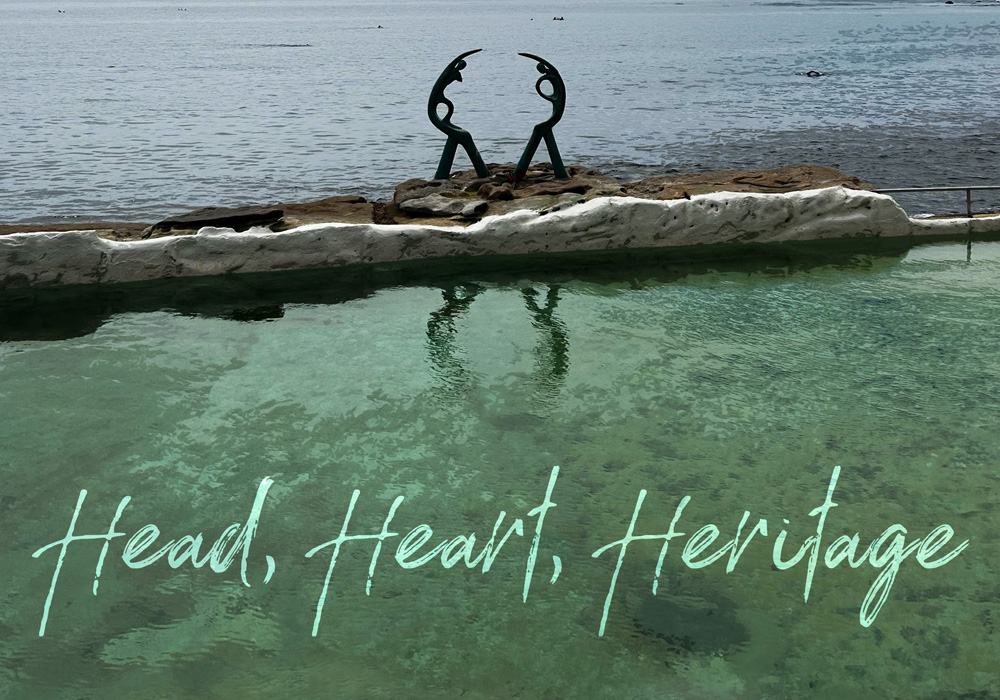
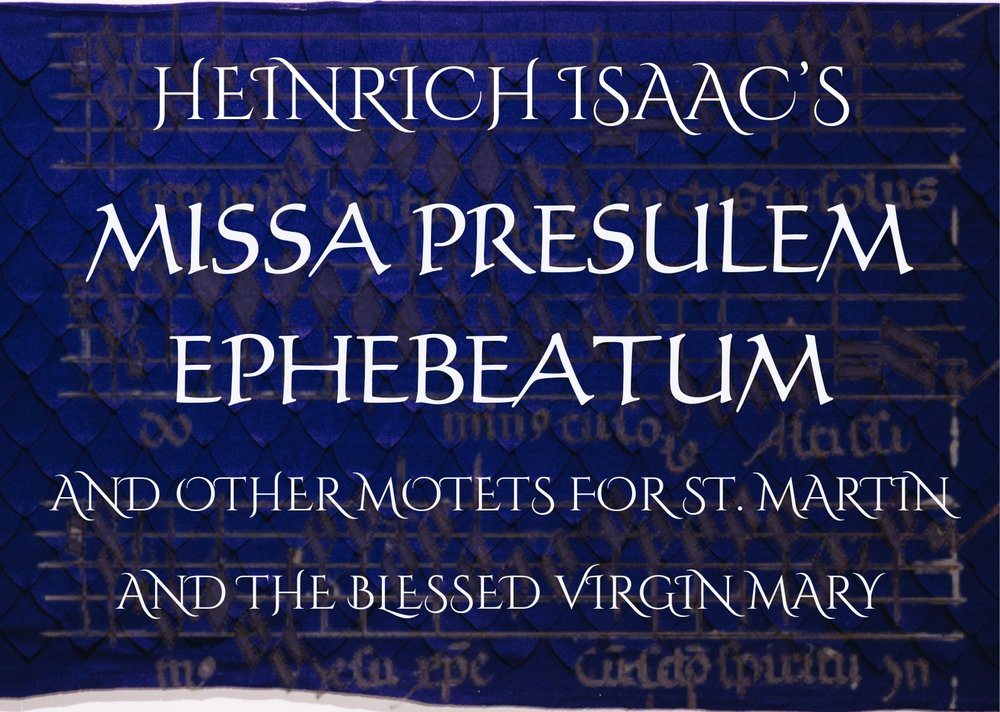

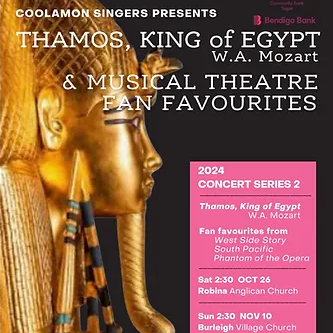
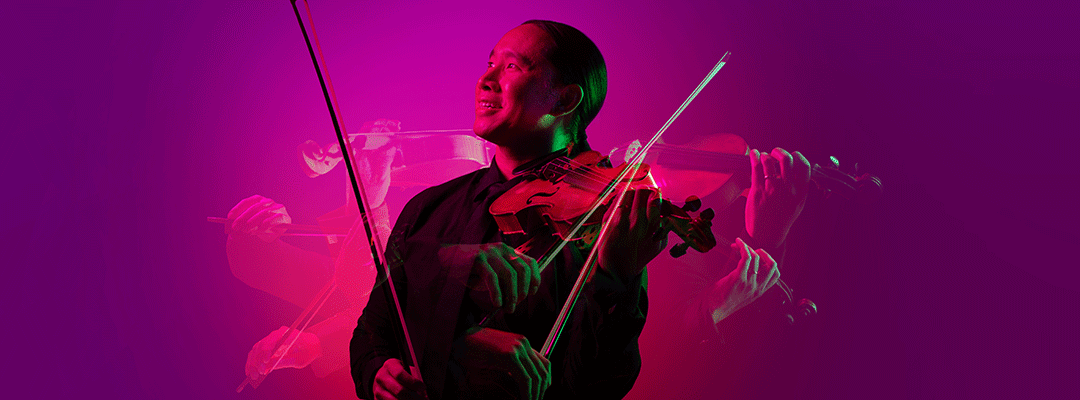


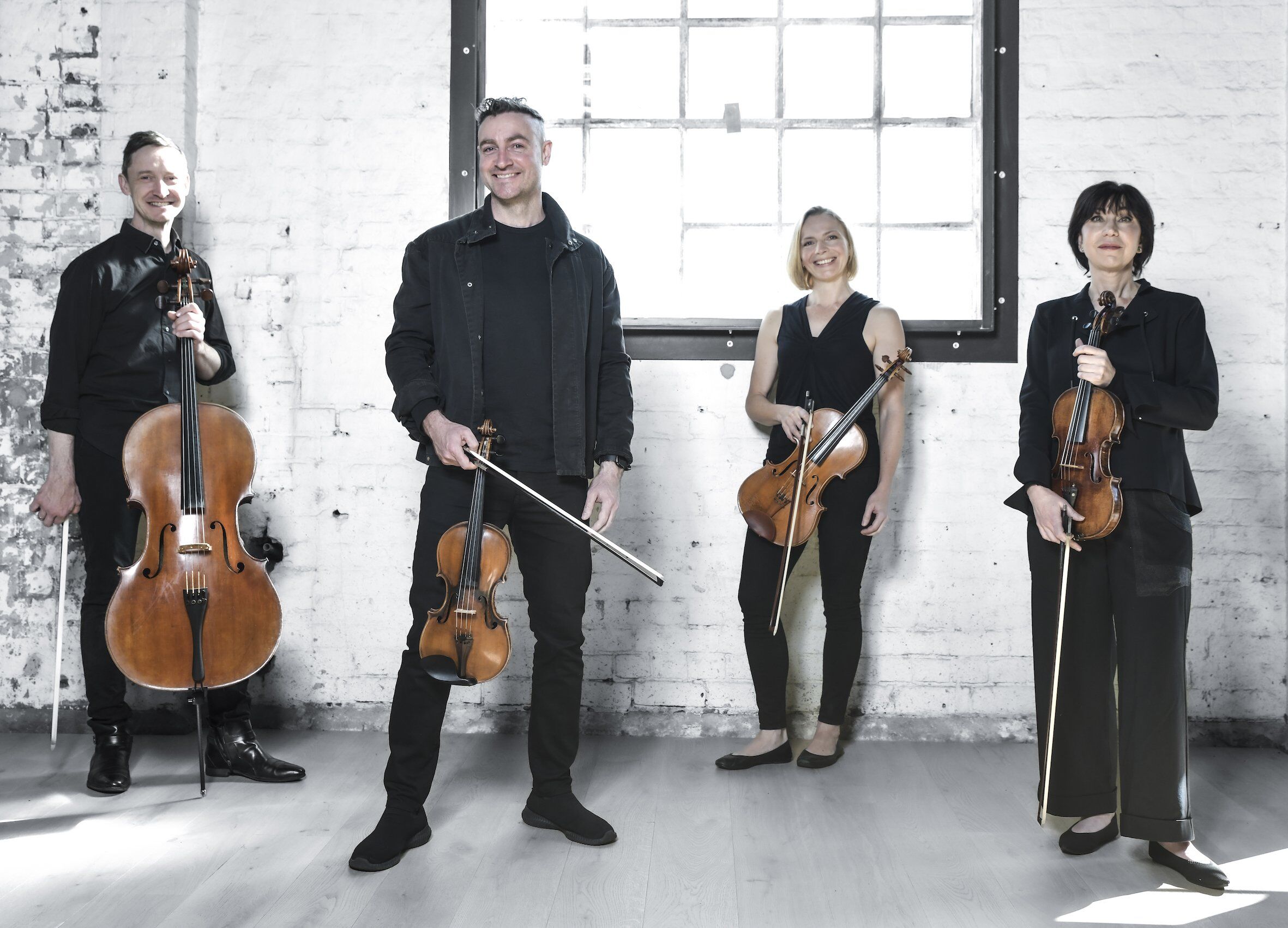

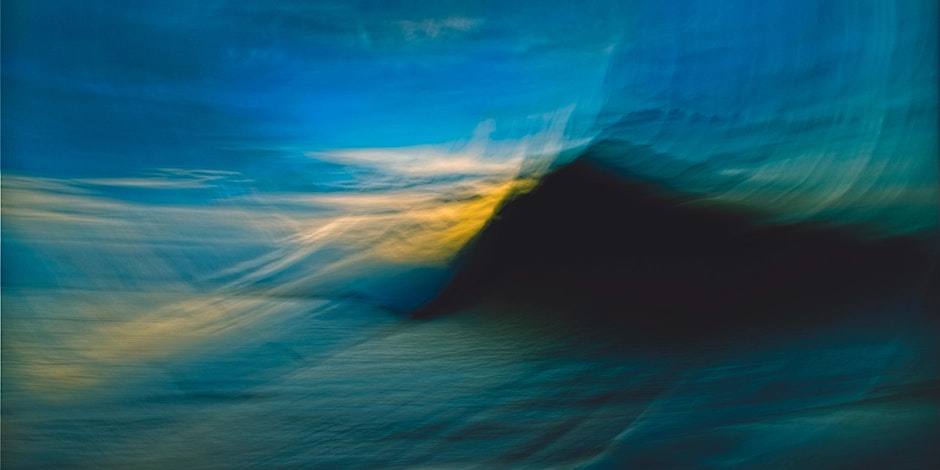



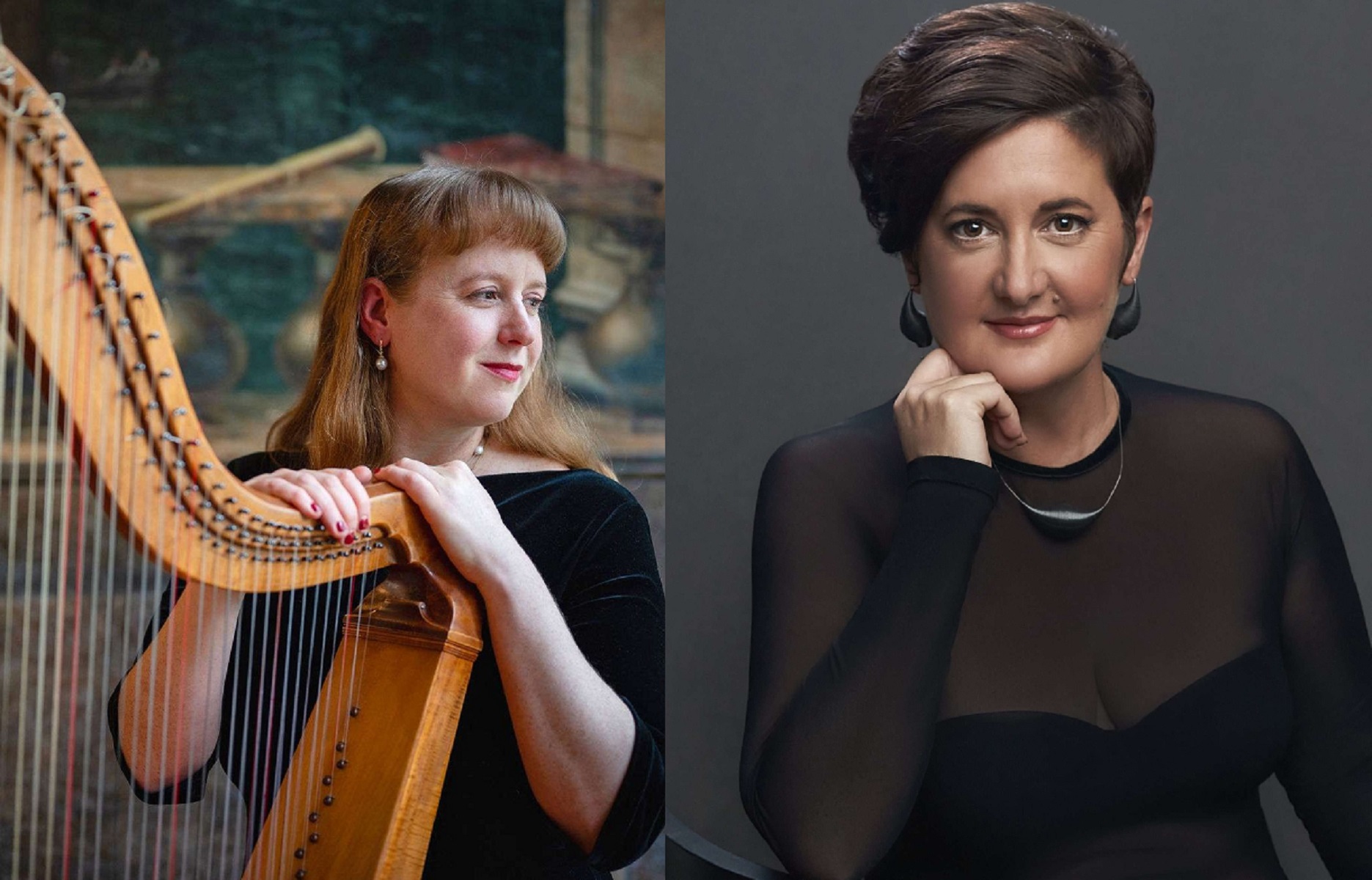
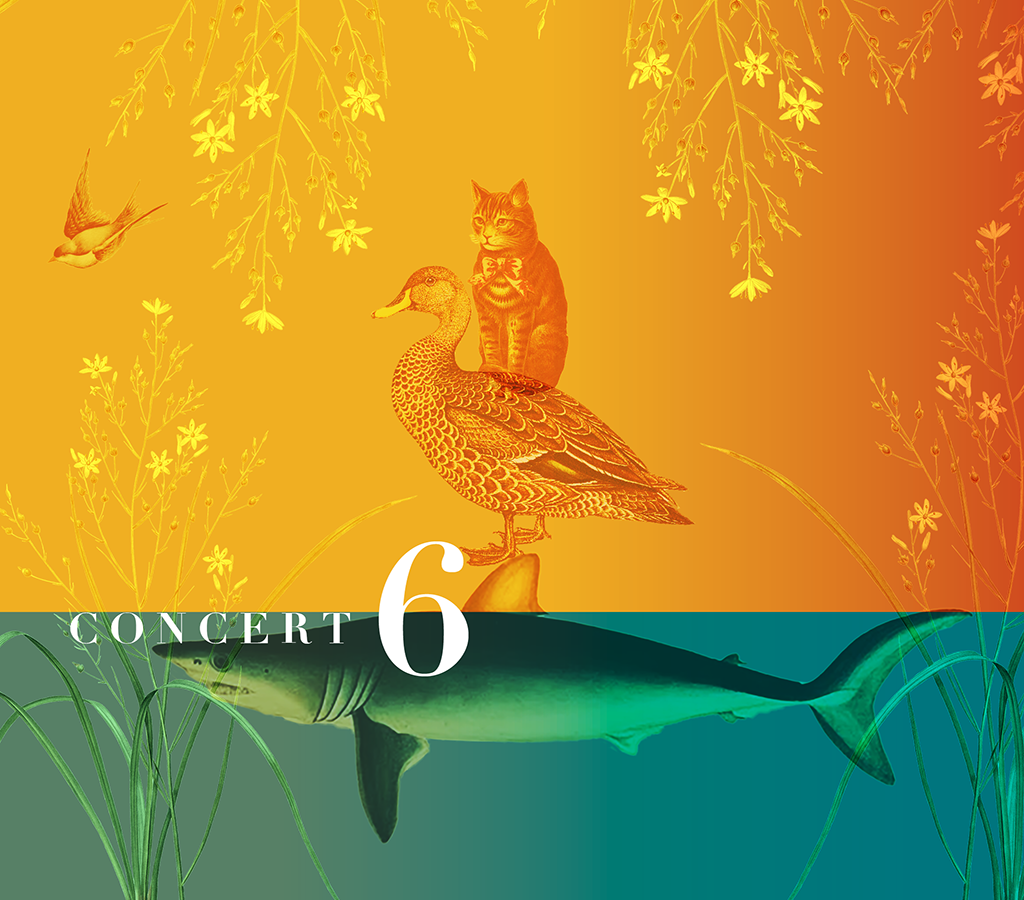

![user222 mrc mostlymozart [splendour of vienna] user222 mrc mostlymozart [splendour of vienna]](https://cdn-classikon.b-cdn.net/wp-content/uploads/2024/02/user222-mrc_mostlymozart_splendour_of_vienna.png)

